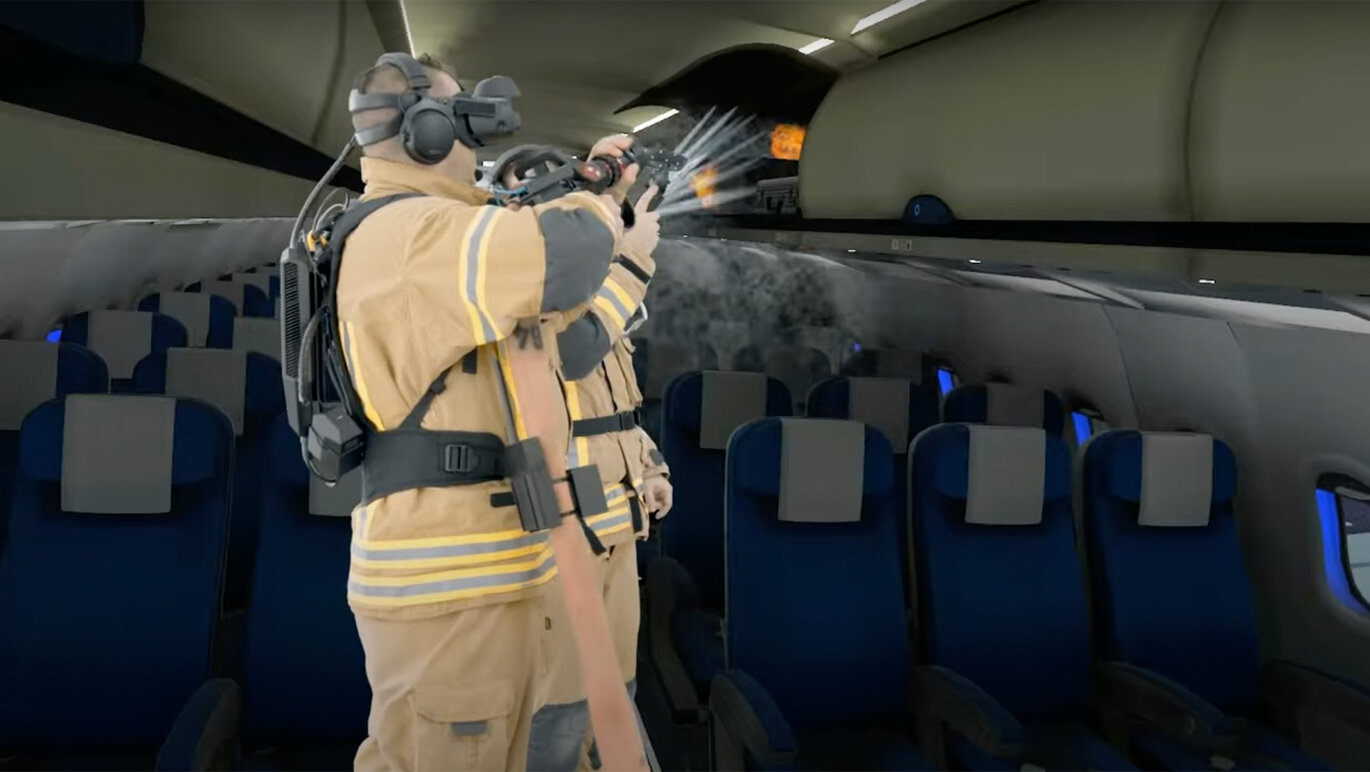A fire in a passenger aircraft is rare but dangerous and can endanger many lives. Very few firefighters have ever experienced such an operation. At the same time, training opportunities are limited: Even access to an aircraft is only possible in exceptional cases, for example, when an aircraft is being serviced overnight. For this reason, more than 300 firefighters at Berlin-Brandenburg Airport (BER) have now trained virtually to extinguish a fire in a passenger aircraft. An experience report.
Virtual training in the vehicle bay
Clear the vehicle bay, start the computer, and put on the equipment. Everything is ready for training in 15 minutes. The firefighters open the hatch to the aircraft, lift their feet over the threshold and are right in the middle of the operation with a nozzle and thermal imaging camera. «It's very realistic», explains Helge Schill, Head of Training at BER and responsible for basic training, UTS tunnel firefighting and VR training. «For example, we must keep making the announcement: The seats are not there, even if you can see them!»
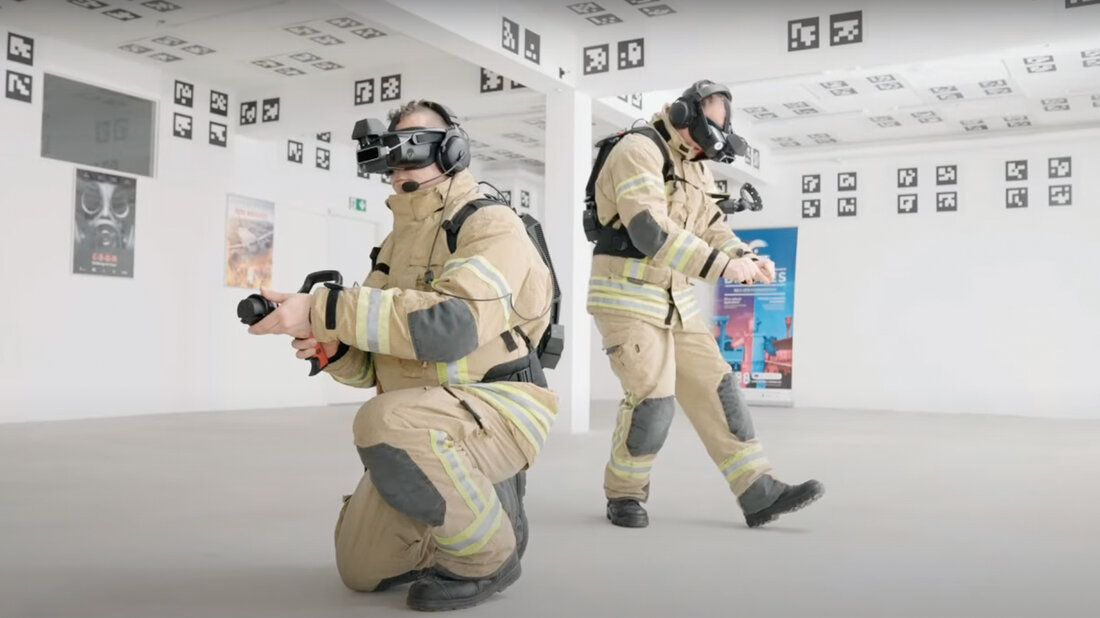
This VR training is made possible by an EU-funded project, in which Athens Airport, among others, participated alongside the Berliners. There, a gymnasium was transformed into a training world using QR markers. The Berlin-based company Illusion Walk carried out the technical realisation of the international project.
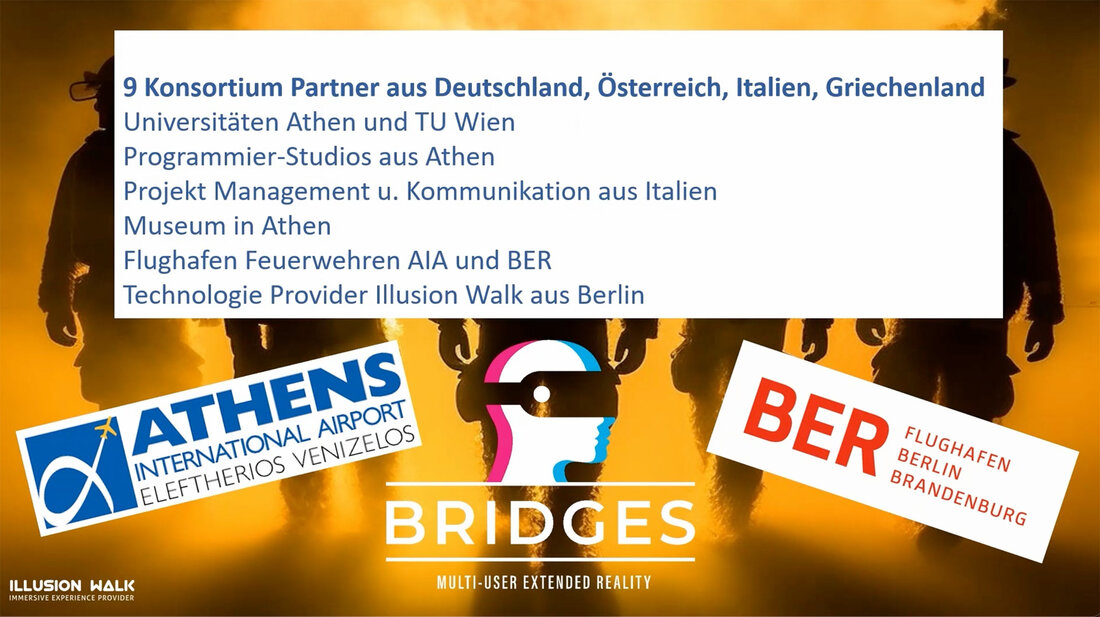
Interaction within the team and with the trainer
Up to five firefighters can interact as a team. A trainer observes the progress of the drill on the screen and can control the fire and smoke development, among other things. Various scenarios are available for Boeing and Airbus aircraft in order to be able to map manufacturer-specific features. A video from Illusion Walk gives an impression of how firefighters experience the training.

The pulse shows when it gets stressful
The entire drill is documented on the computer - including breathing air consumption and the relative pulse rate. «People have one of the highest pulse rates when they have to give a proper report», says Jim Rüggeberg, Managing Director of Illusion Walk, describing one of the results of his analyses. He draws on data from more than 1000 people who tested the VR programme at the airports in Berlin and Athens, trained with it or went through it as visitors.
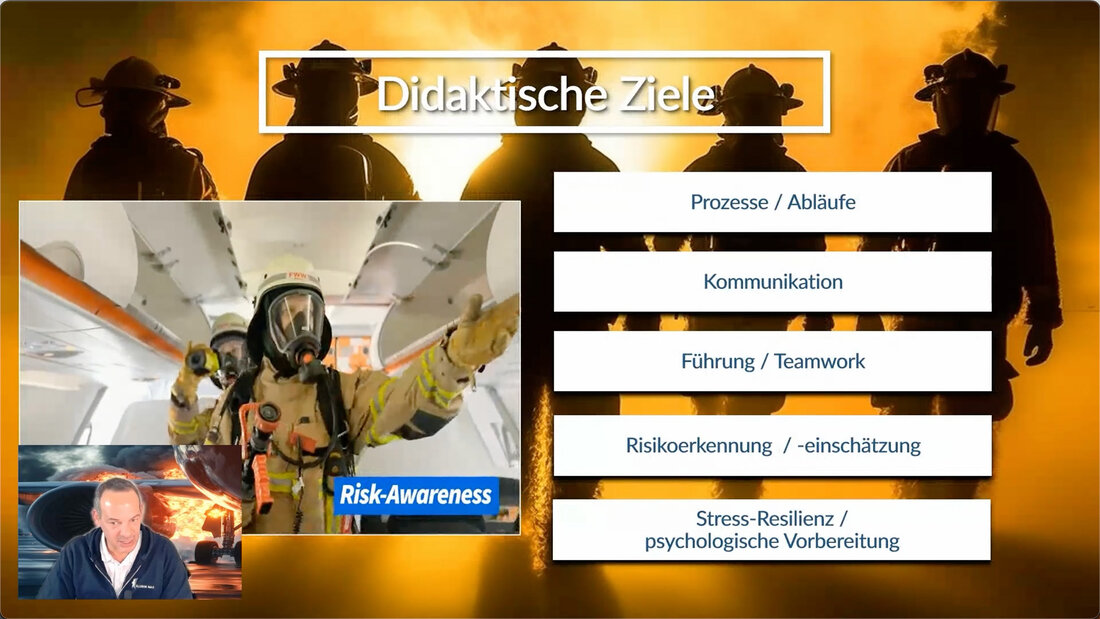
VR as an extension of the training programme
Helge Schill recognises a major learning effect. «The fact that we are in the scenario in 30 seconds means we are under stress. The colleagues have to communicate via radio, coordinate with each other and coordinate teams.» In his experience, routines and decision-making confidence are trained excellently. He gives the example of prioritising firefighting while injured people need help.
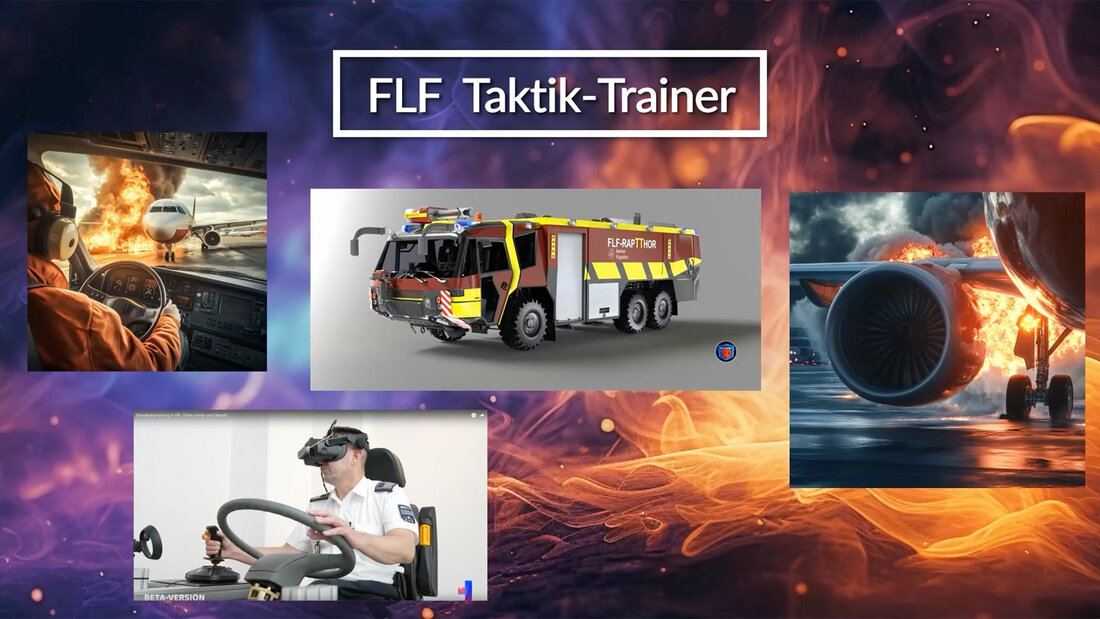
In addition to the interior attack, the exterior attack is being developed in Berlin as virtual training for three airport fire engines. Jim Rüggeberg and Helge Schill agree that VR is an extension of training that does not replace a fire simulation system but contributes to the development of essential routines.


